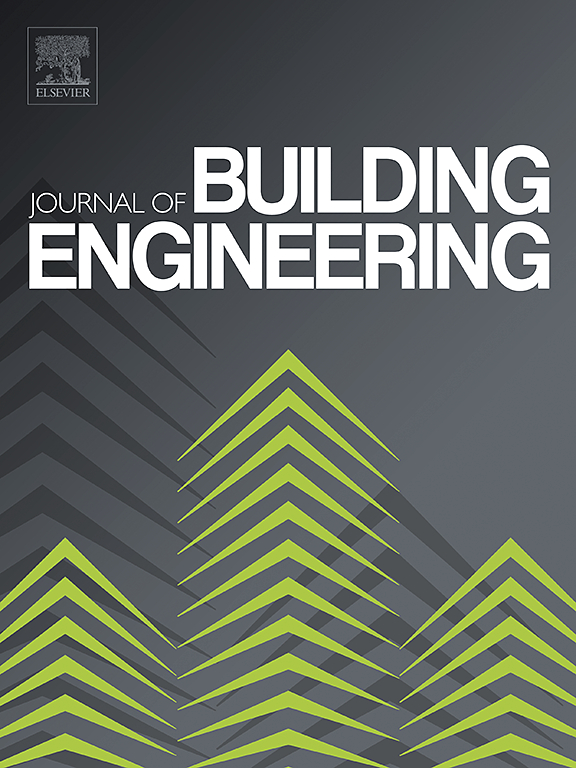Building geometries and carbon emissions: A study on large space public buildings based on parametric modelling and machine learning
IF 6.7
2区 工程技术
Q1 CONSTRUCTION & BUILDING TECHNOLOGY
引用次数: 0
Abstract
Large public buildings often generate significant embodied carbon emissions (ECE) due to their long-span structures and operational carbon emissions (OCE) from the cooling/heating loads required to maintain their expansive interior spaces. This study evaluates the interrelationships of building geometries with structural mass (related to ECE) and annual cooling/heating energy demands (related to OCE), offering critical insights for low carbon design of large space public buildings. The analysis draws on diverse design samples from buildings in Guangzhou and Harbin, China, utilizing data derived from trained Artificial Neural Network (ANN) models, parametric modeling, and building performance simulations for both structure and energy use. The findings indicate that variations in roof sectional curve shapes significantly influence structural mass and the associated ECE. Moreover, these geometric configurations act as mediators in accurately quantifying linear relationships between building volume and annual heating and cooling energy demands (related to OCE). This research enhances understanding of how building geometries impact both roof structural mass (and ECE) and cooling/heating energy consumption (and OCE) in large public buildings, offering critical insights for building science and supporting design practice of low-carbon, high-performance large space public buildings. The established linear correlations between building volume and energy consumption for different geometric types provide an efficient tool for researchers and designers to assess energy use and associated OCE.求助全文
约1分钟内获得全文
求助全文
来源期刊

Journal of building engineering
Engineering-Civil and Structural Engineering
CiteScore
10.00
自引率
12.50%
发文量
1901
审稿时长
35 days
期刊介绍:
The Journal of Building Engineering is an interdisciplinary journal that covers all aspects of science and technology concerned with the whole life cycle of the built environment; from the design phase through to construction, operation, performance, maintenance and its deterioration.
 求助内容:
求助内容: 应助结果提醒方式:
应助结果提醒方式:


